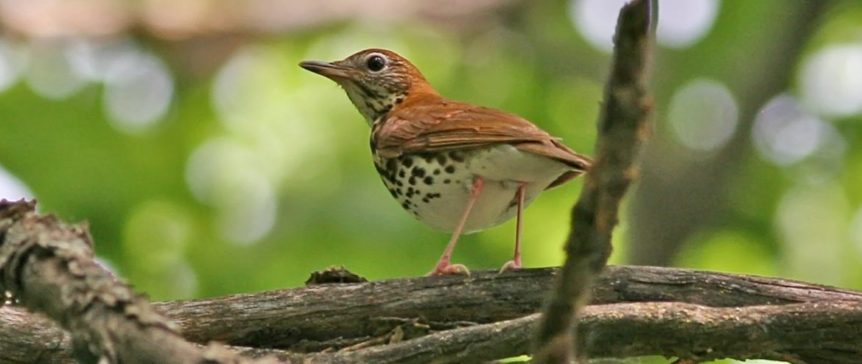Did you ever wonder, why birds returning to our area each spring bring joy and hope to people of all ages? Maybe it is their hustle and bustle of activity as the weather warms. Or maybe it is the beauty and apparent fragility of these tiny creatures. Or maybe it is that they sing. Henry David Thoreau wrote of the wood thrush:
“Whenever a man hears it, he is young, and Nature is in her spring; whenever he hears it, it is a new world and a free country, and the gates of heaven are not shut against him.”
Listen to the wood thrush song.
I believe the wood thrush, and all of our songbirds are worth providing for and protecting.
Unfortunately, many of our bird populations are declining. According to Audubon Pennsylvania, the Wood Thrush population has declined 62% since 1967. This is due largely to a loss of healthy woodland habitat. And a report out of Cornell University asserts that bird populations in North America have dropped 29% in the last 50 years.
What can we do to reverse this trend? The answer resides in how we care for land. Healthy properties offer shelter, food, and water, for birds and manage problems likes pests in a responsible manner. So to attract birds to your yard and provide critical habitat, take a few easy steps. You will be glad you did.
Provide Shelter
For most birds in our area, a mix of evergreen and deciduous trees and shrubs is all you need to provide shelter. And the more the better. Large expanses of lawn do not provide habitat for birds. Properties with deep borders and wooded property lines are beautiful and will attract birds of many different species.
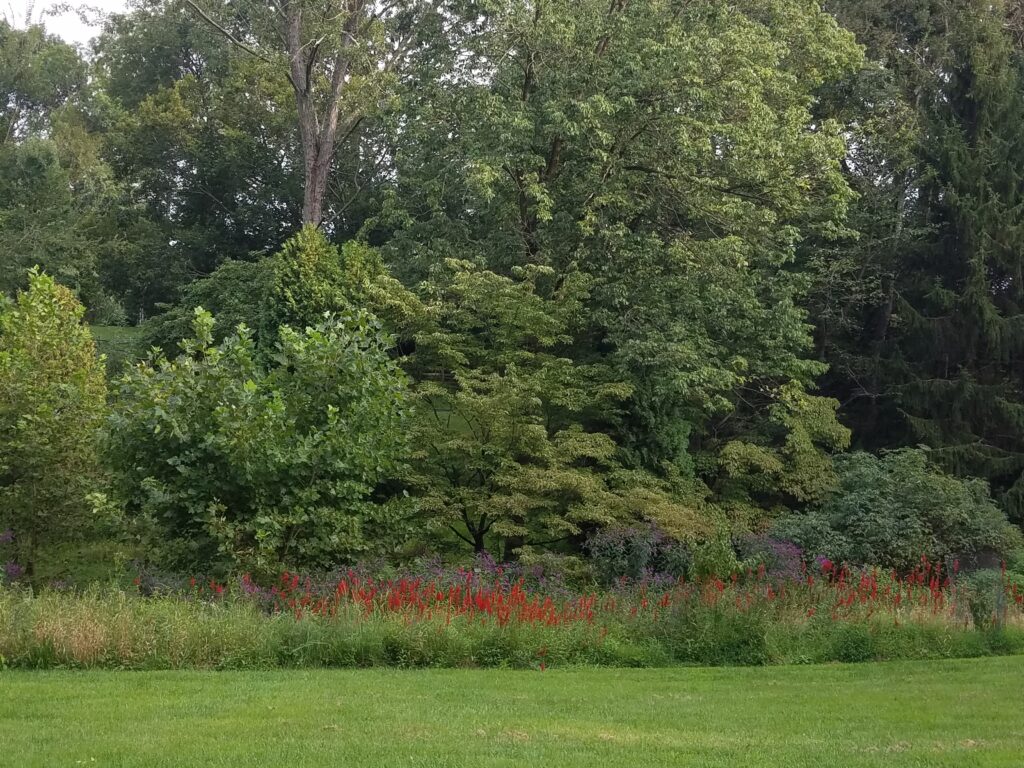
There are also a few ground-nesting bird species, such as the Eastern Meadowlark. They need specific nesting habitat, so if you are lucky enough to have a large property, install a wildflower meadow! And be sure that after you attract birds, your annual meadow mowing does not occur when they are nesting.
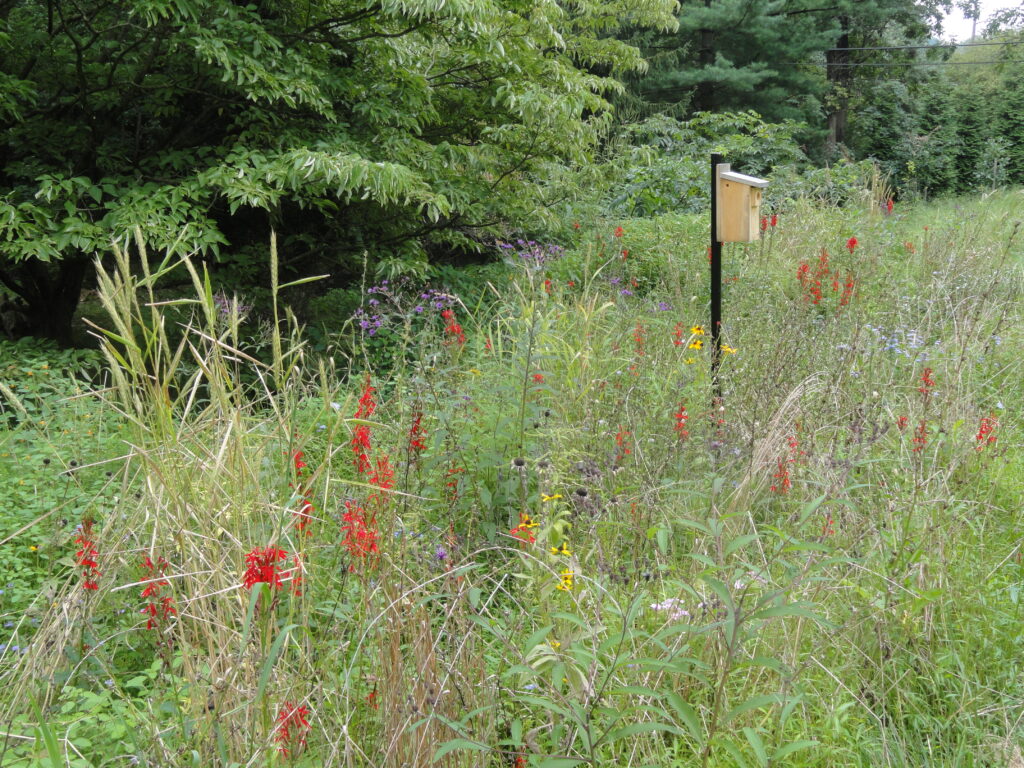
Provide Food
Food is the next element needed to attract birds to your yard. And when it comes to providing food for birds, nothing beats native plants. Some of our feathered friends may eat seeds and and some eat berries, but nearly all of them raise their young on insects. So, if you want birds on your property a healthy insect population is critical.
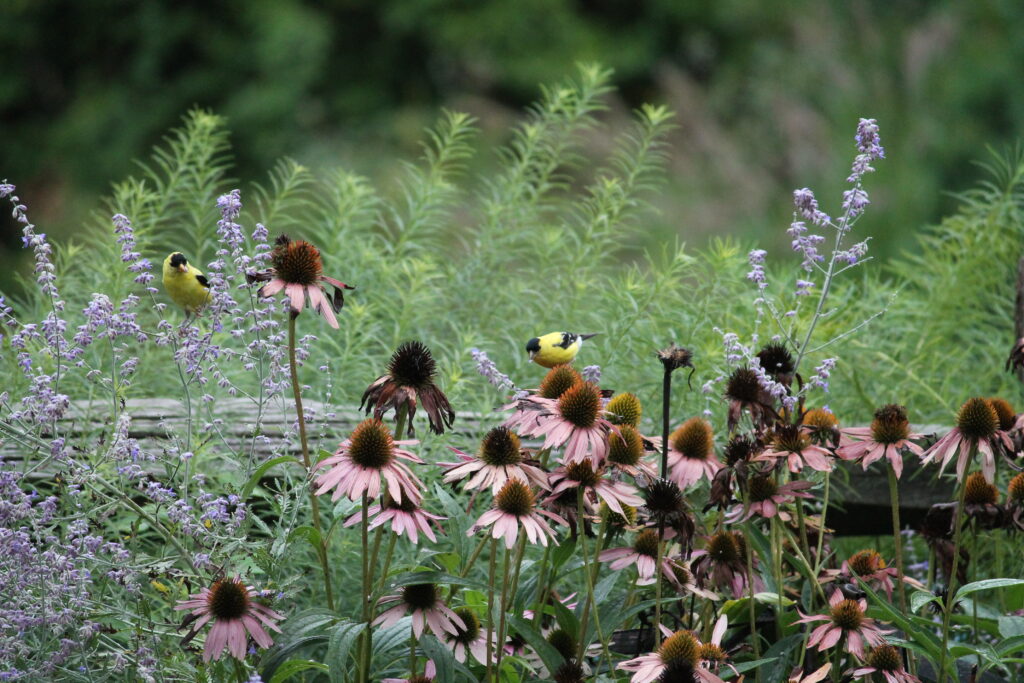
To attract insects, studies show that insects and native plants are critical. For example, the mighty oak hosts up to 517 different kinds of caterpillars for our birds to eat (Tallamy, Douglas, Bringing Nature Home, page 126). In contrast, non-native ornamental plants support minimal insect species. And while most people do not notice the insects, they do see the many different bird species flitting among the branches looking for meals.
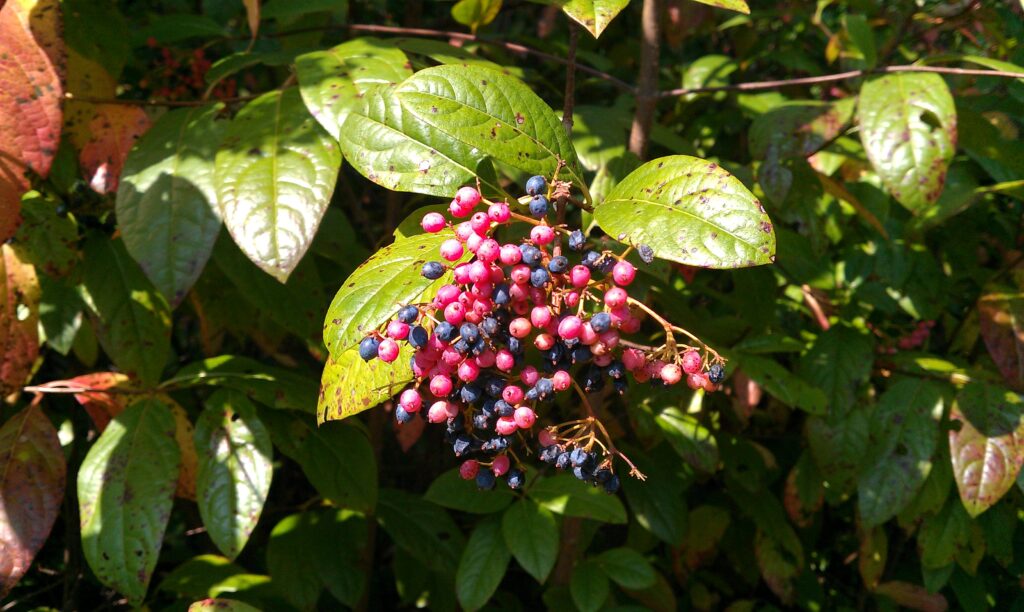
In addition to supporting insect populations, native plants provide nutritious seeds and berries for birds at appropriate times of year. Birds are familiar with our native plants and look for them, especially during migration.
We call these ecological relationships the food web, which are varied in a healthy environment. A diverse landscape of native plants is the first step in achieving a complex and healthy food web in your yard.
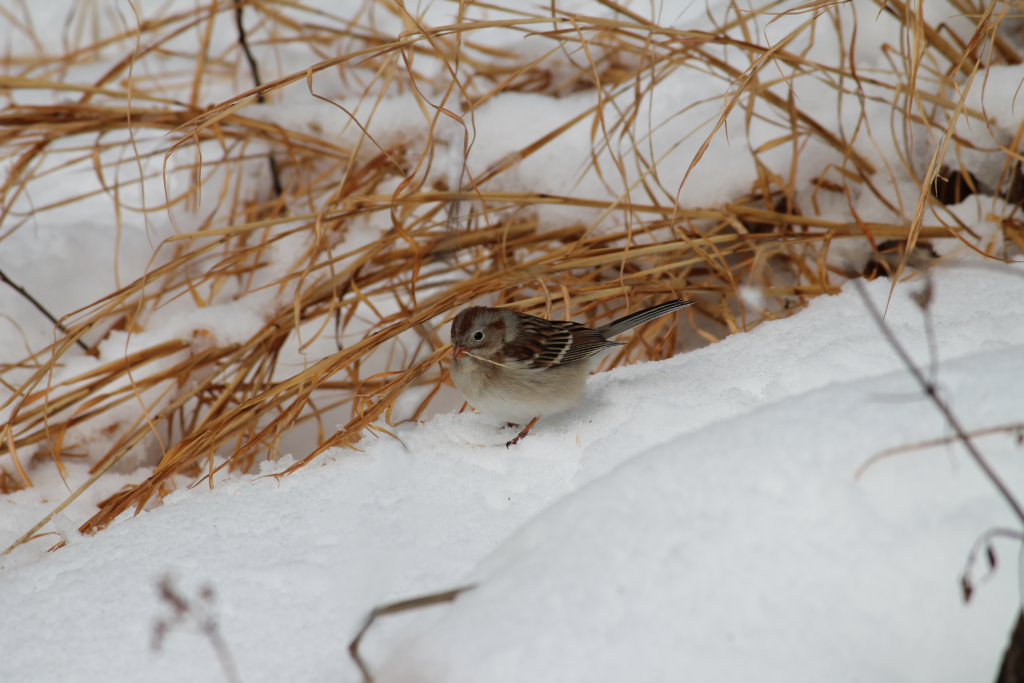
Add Water
Along with shelter and food, birds need water. A simple bird bath will attract birds to your yard and provide a great spot for you to watch these invited guests. Better yet, attract birds with the sound of a small fountain or bubbler and enjoy hours of watching birds splash in the trickling water.
Besides adding water to attract birds, manage storm-water to keep it clean. Install a rain garden to reduce erosion, provide beauty, and mitigate flooding. This too will benefit birds.
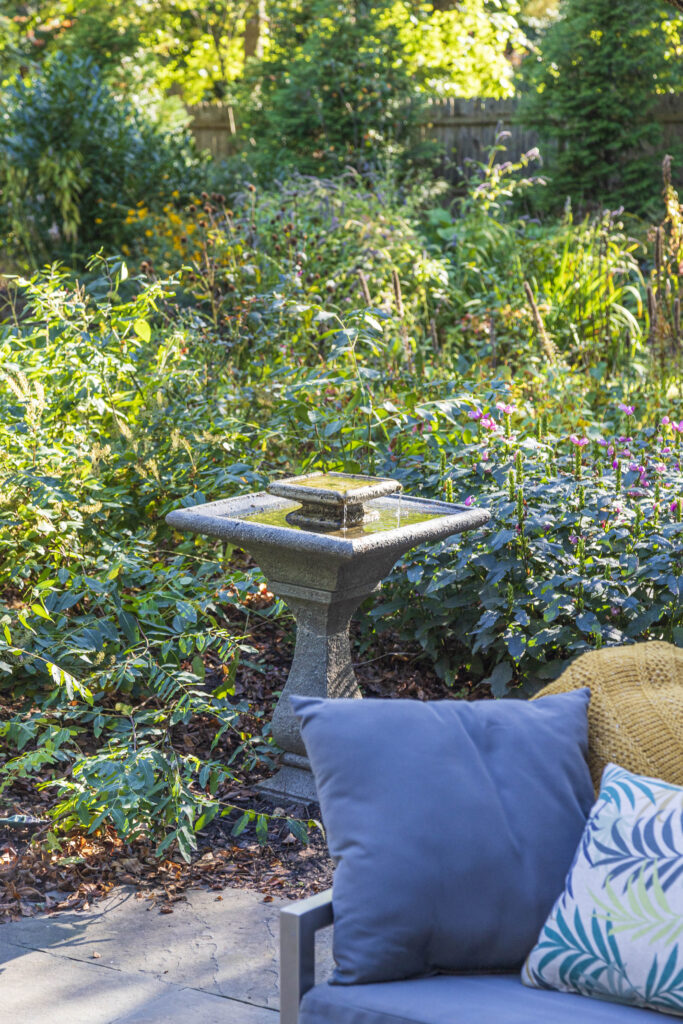
Eliminate Pesticides
From Emerald Ash Borer to Spotted Lantern Fly, pests abound in the garden. But many people are unaware that using pesticides to control them has serious consequences. For instance, when a tree is treated to control an infestation, it is being treated with a chemical that kills all insects on that tree. This type of pesticide use eliminates critical food for birds and adds toxins to our landscapes.
See What to Know Before Reaching for Pesticides and use Integrated Pest Management if you decide treatment is necessary.
You may already see birds on your property, but by providing abundant shelter, food for adults and their young, and a constant source of water, you will be surprised at the number of different bird species that arrive in your yard. Follow these steps to create a healthy yard for birds, and all that’s left is to get a good pair of binoculars!

